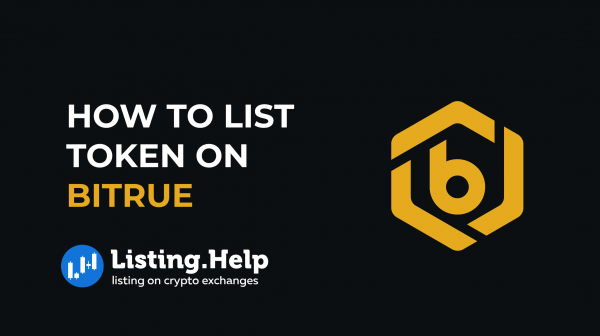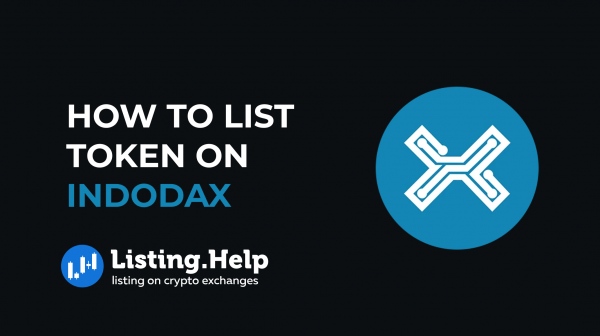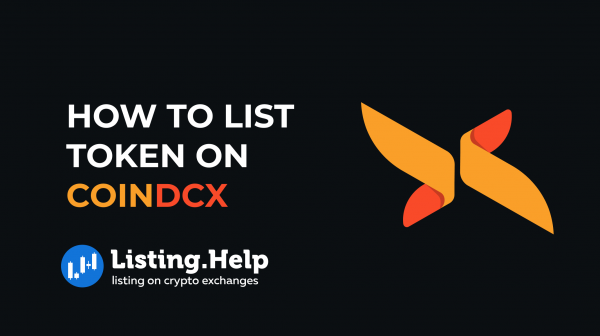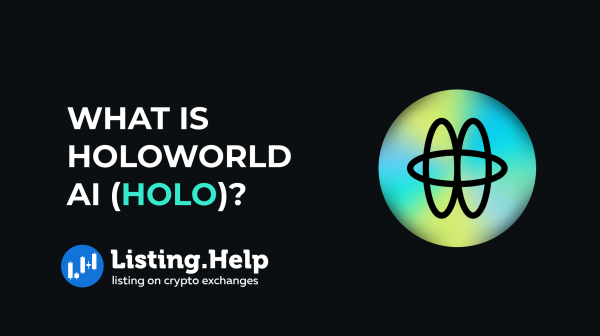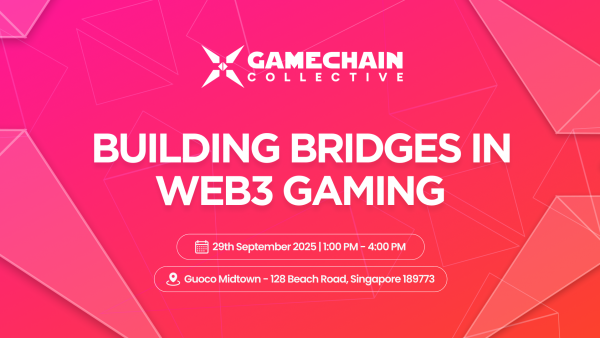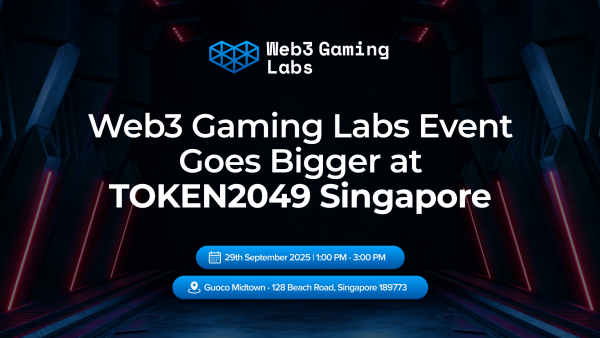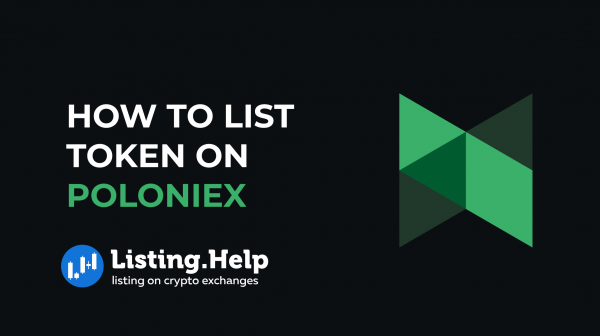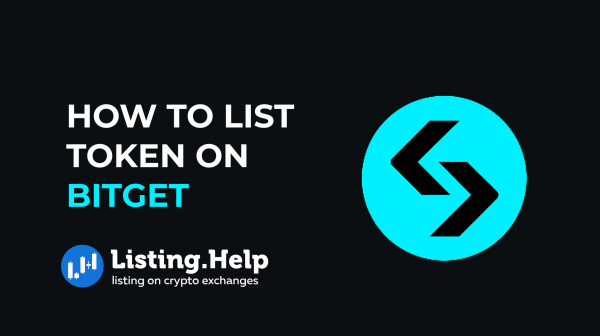What is Boundless (ZKC)?
 October 1, 2025
October 1, 2025 Updated: October 1 2025, 08:47
Updated: October 1 2025, 08:47
LEAVE A REQUEST
Launching your own token project? Our experts are ready to help with listing on exchanges, market making, marketing and other solutions
SUBMIT APPLICATIONBoundless is a protocol built to improve blockchain scalability through zero-knowledge proofs (ZKPs). In most programmable blockchains, every full node must re-execute all transactions within a block to confirm the resulting state. While this ensures security, it also means heavy duplication of work and slower performance.
Boundless approaches the problem differently by combining verifiable computing with a decentralized marketplace for provers. Developers send computation tasks into the network, where provers compete to generate ZKPs for them. Instead of every node repeating the same workload, a single prover executes the task and produces a proof that all other nodes can check quickly. This reduces inefficiency and gives developers the ability to create more advanced applications without being limited by gas costs or block size restrictions.
How Boundless Works?
Proof of Verifiable Work (PoVW)
At the center of Boundless is Proof of Verifiable Work. Unlike Proof of Work, where miners burn energy on cryptographic puzzles, PoVW directs computing resources toward generating proofs that applications can actually use.
Provers stake ZKC tokens to participate, earning rewards when they successfully complete proof requests. If they fail, part of their stake is lost. This setup pushes provers to be reliable while ensuring the network’s computing power is always directed toward useful results.
The Proving Stack
Boundless runs on the RISC Zero zero-knowledge virtual machine (zkVM). This allows developers to show that Rust programs have been executed correctly, without requiring every node to redo the work. The proving system relies on two main components: Bento, the local proving infrastructure, and the Broker, which manages interaction with the marketplace.
Bento handles requests, runs programs, and prepares proofs in the right format. It’s designed to scale — able to run on a single GPU or expand across large clusters. The Broker connects provers to the Boundless Market by matching them with requests, handling bids, and securing jobs. Once Bento produces a proof, the Broker submits it on-chain for verification.
A typical proof request goes through these steps:
- Write a program: The developer writes a Rust program for the zkVM, which outputs results along with a cryptographic seal proving correctness.
- Submit request: The developer (now the requestor) sends the proof request to the Boundless Market and deposits funds for the task.
- Provers bid: Provers compete in a reverse Dutch auction. The first to accept posts collateral and locks in the request. If they fail to complete, the collateral is slashed.
- Submit proof: The prover generates the proof, with the option to bundle multiple requests into a single aggregated proof. Once verified on-chain, they receive rewards and recover their collateral.
- Use the proof: The developer takes the verified proof and integrates it into their application as confirmation of correct execution.
Key Features of Boundless (ZKC)
Steel
Steel is the Boundless ZK coprocessor for Ethereum-based applications. It allows Solidity developers to shift intensive computations to the Boundless network while keeping results verifiable on-chain. This helps cut gas costs, bypass block size limits, and makes it possible to create decentralized applications that would otherwise be too expensive or impractical to operate.
The process is straightforward: Steel reads state from EVM-compatible blockchains, runs the program off-chain in the zkVM, and generates proofs that can later be verified on-chain. By separating execution from verification, developers gain a way to scale their applications, handle larger transaction volumes, and maintain strong security without putting trust in a single party.
OP Kailua
OP Kailua is a toolkit built to extend optimistic rollups with zero-knowledge fault proofs. As of September 2025, it remains under development and is intended only for testing environments. Built on Optimism’s Kona engine and powered by the RISC Zero zkVM, it strengthens rollup security, shortens finality times, and reduces collateral requirements. Instead of relying solely on fraud proofs, Kailua introduces an additional layer of dispute resolution, giving rollups stronger defenses against invalid transactions.
What is the ZKC Token?
The Boundless network runs on its native token, ZKC, which has several roles within the ecosystem:
- Staking: ZKC holders can stake tokens to earn rewards and support the protocol’s security. All participants share in epoch rewards, encouraging both commitment and capacity.
- Governance: Holders vote on network upgrades, grant programs, and marketplace rules. Over time, governance will grow to include community proposals and veto rights.
- Rewards: Provers earn ZKC for producing valid proofs, directly tying rewards to useful computation.
- Collateral: Before taking on a request, provers lock ZKC as collateral. If they fail to deliver, part is burned and part redirected as a bounty. This gradually decreases supply as network use expands.
The ZKC token is listed on many platforms, including Bitrue, HTX, Upbit and BitMart. If you’re looking to list your token on similar platforms, understanding the token listing process and crypto exchange listing fees is essential.
Conclusion
Boundless approaches scalability by verifying computation with zero-knowledge proofs rather than forcing every node to re-execute it. This reduces waste, opens the door for more advanced applications, and creates a system where meaningful computation is incentivized. The design aims to keep the technical workload manageable for developers, allowing them to request proofs with ease and focus on building applications.

For more insights and updates on the crypto world, don’t forget to check out our blog at Listing.Help.




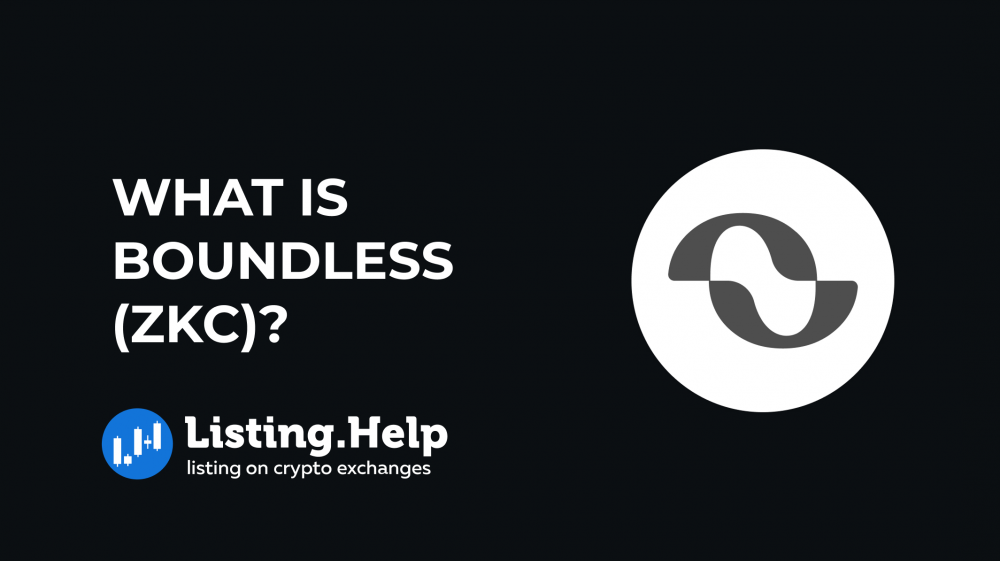

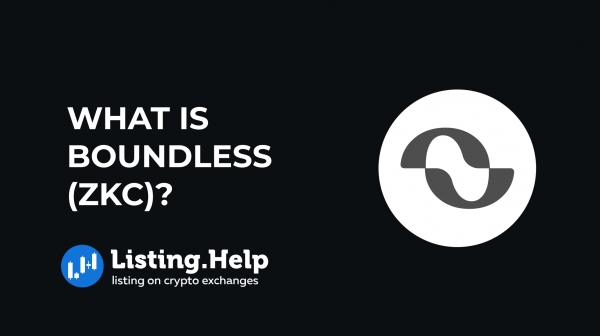
 October 1, 2025
October 1, 2025 